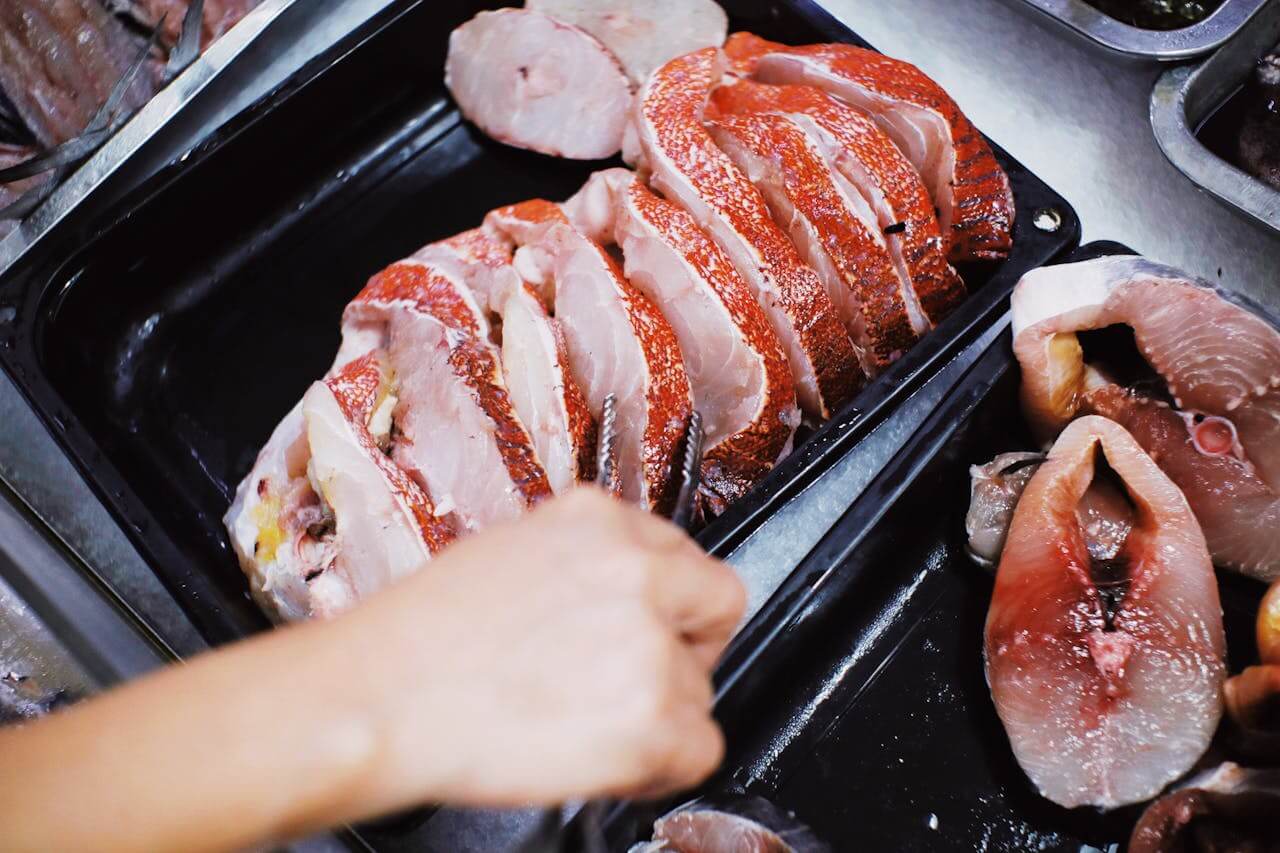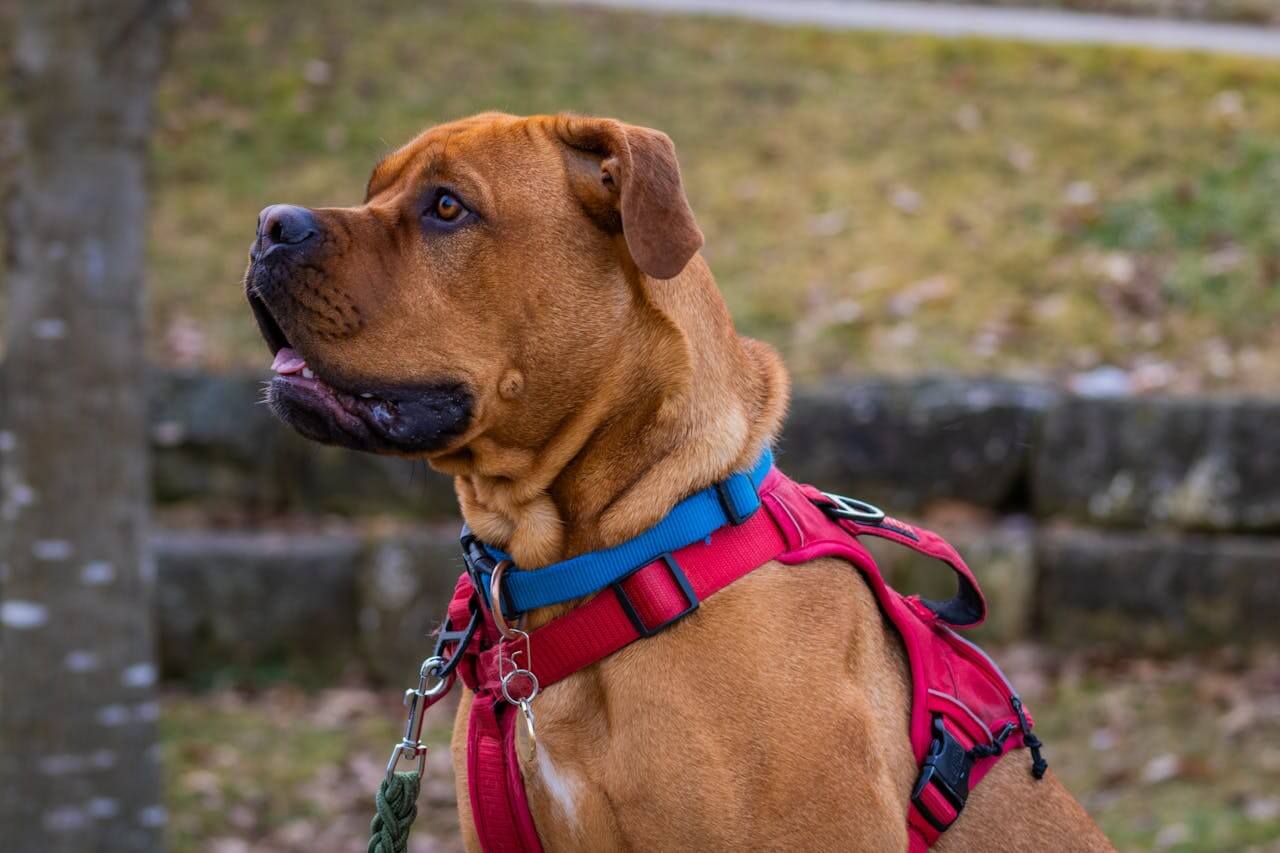How to Make Homemade Raw Dog Food
Making homemade raw dog food can be a nutritious and satisfying way to cater to your pet’s dietary needs. To start, select high-quality, human-grade ingredients to ensure your dog is getting the best possible nutrition. A basic recipe might include:
- 70% muscle meat (like chicken, turkey, or beef, including some that’s still on the bone for dental health)
- 10% organ meat (such as liver and kidneys, with the liver being essential)
- 10% bone (either ground or whole, something your dog can chew and digest without risk)
- 10% fruits and vegetables (like carrots, spinach, and apples for fiber and vitamins, but avoid toxic foods like onions and grapes)
It’s crucial to chop or grind the ingredients to a size appropriate for your dog to prevent choking. You may also want to add a supplement designed for homemade dog diets to ensure it’s nutritionally complete, especially in terms of calcium and phosphorous ratios. Always get advice from a canine nutritionist or see your veterinarian before giving your dog raw food. Particularly to tailor the diet to your dog’s specific health needs and ensure it’s balanced. Certain components may cause allergies or sensitivities in certain pets, so it’s essential to monitor their response and make any necessary adjustments.
In addition to providing a balanced diet, homemade raw dog food can offer several benefits. First and foremost, you have control over the ingredients used, which means you can steer clear of the chemicals and fillers frequently found in commercial dog food. This is especially advantageous for dogs that have allergies or sensitivities. Additionally, raw food is less processed than kibble and can retain more nutrients, which may contribute to a shinier coat and improved digestion.
However, it’s essential to handle raw meat carefully to prevent contamination by harmful bacteria like salmonella and E. coli. After handling raw materials, carefully wash your hands and any surfaces. Ingredients, and consider using separate cutting boards and utensils for your dog’s food. It’s also recommended to freeze portions of homemade raw dog food for storage to kill any potential bacteria.
Finally, while making homemade raw dog food can be a rewarding experience, it may not be suitable for all pet owners. Some may need more time to source high-quality ingredients consistently. In these cases, a high-quality commercial raw dog food may be a better option. Ultimately, the most important thing is to pick a diet that both suits your lifestyle and your dog’s nutritional needs. Whichever path you decide on, make sure Your pet’s health and well-being come first by speaking with a specialist and monitoring their response to the new diet.
Complete Recipe for How to Make Homemade Raw Dog Food
Ingredients:
- 1.5 pounds of raw muscle meat (e.g., chicken, turkey, or beef)
- 0.2 pounds of raw organ meat (primarily liver, with a mix of other organs like kidneys)
- 0.2 pounds of raw, edible bones (small chicken or turkey necks work well)
- 0.2 pounds of mixed vegetables and fruits (avoiding toxic options, such as onions and grapes)
Supplements (consult with a veterinarian for the correct dosages for your dog):
- Canine-specific multivitamin
- Omega-3 fatty acid supplements (e.g., fish oil)
- Probiotic designed for dogs
Instructions:
- Preparation of Meat and Organs:
- Finely chop or grind the muscle and organ meats to ensure they are small enough for your dog to consume and digest quickly. This is especially important for smaller dogs.
- Preparing Bones:
- If not using ground bones, ensure the bones are small enough for your dog to chew safely and are from a source that doesn’t splinter easily, like chicken or turkey necks.
- Vegetables and Fruits:
- Chop or puree the vegetables and fruits to make them easier for your dog to digest. Some tough vegetables might need to be lightly steamed.
- Mixing:
- In a large bowl, mix the meat, organ meats, bones, and chopped vegetables/fruits. Ensure even distribution of all ingredients for a balanced diet in every meal.
- Adding Supplements:
- To find out the proper dosage, speak with your veterinarian. Mix the recommended supplements into the raw food blend. This step is crucial to ensuring the diet meets all your dog’s nutritional needs.
- Portion and Store:
- Divide the mixture into meal-sized portions appropriate for your dog’s size and daily caloric needs. Store these portions in the refrigerator if they will be used within a few days, or freeze them for more extended storage. Thaw portions as needed before feeding.
Note: Always introduce any new diet gradually to your dog’s current food, increasing the quantity of the latest food while decreasing the old food over 7–10 days. This gradual transition helps to minimise digestive upset.
By following these steps and ingredients, you’ll be able to create a nutritious and satisfying meal for your dog that’s free from the unwanted additives found in many commercial dog foods. Remember, regularly consulting with a veterinarian or canine nutritionist is essential to adjust the diet as needed and ensure your dog remains healthy and happy.
How To Choose The Best Ingredients for Raw Dog Food

Choosing the best ingredients for your dog’s raw food diet is crucial to ensure they receive all the necessary nutrients for optimal health. When selecting ingredients, prioritise high-quality, human-grade meats since these will form the foundation of the diet. For muscle meat, consider diverse sources such as beef, chicken, turkey, and lamb to provide a range of proteins. Always look for fresh and, if possible, organic options to minimize exposure to hormones and antibiotics.
Organ meats are vital components due to their nutrient density, and the liver should be a staple. However, incorporating a variety of organs, such as the kidney, heart, and spleen, can enhance the nutritional profile of your dog’s diet. Ensure that the organ meats are fresher and sourced from reliable suppliers to avoid any potential health issues.
Bones are necessary for calcium and other minerals but must be chosen with care to prevent any risk of choking or internal damage. Prefer soft, raw bones that are safe for dogs to chew, such as chicken wings, necks, or lamb ribs. Always supervise your dog when they are consuming bones to ensure their safety.
While not the central part of a dog’s diet, fruits and vegetables supply vital vitamins, minerals, and fibre. Opt for dog-safe options like carrots, spinach, apples, and blueberries. Avoid any fruits and vegetables known to be poisonous to dogs, including grapes, onions, and avocados. Lightly steaming some of the harder vegetables can help make them more digestible.
Lastly, consider the need for supplements like omega-3 fatty acids, probiotics, and a canine-specific multivitamin to fill any nutritional gaps in the diet of dogs, including grapes and onions, and determine the appropriate doses and supplements according to your dog’s individual health needs and dietary regimen.
By selecting the best quality ingredients and tailoring the diet to your dog’s requirements, you can ensure that they eat only raw food to flourish. Remember, variety is crucial in covering the nutritional spectrum, so aim to rotate ingredients over time to provide a broad range of nutrients.
Benefits of a Raw Diet for Dogs

Providing raw food to your dog offers several potential benefits that can contribute significantly to their overall health and well-being. One of the most noted advantages is the improvement in dental health; raw diets often lead to cleaner teeth and fresher breath, reducing the risk of periodontal disease. Additionally, dogs on raw diets may exhibit a more lustrous and healthy coat due to the unsullied meat’s natural lipids and oils. This diet can also lead to better digestion, as raw foods are more easily broken down by a dog’s digestive system, resulting in smaller and less odorous stools.
An additional noteworthy advantage is the possibility of enhanced energy levels and stamina, which is particularly noticeable in more active or working dogs. The natural, unprocessed ingredients in a raw diet can also help dogs maintain an optimal weight, lowering the probability of obesity and related health complications. Furthermore, many pet owners report that their dogs exhibit fewer allergies and food sensitivities on a raw diet since they lack the weight of the grain, lowering the chance of obesity and associated health issues.
In summary, a raw diet can provide a more biologically appropriate meal for dogs, promoting better health outcomes and potentially extending their lifespan. However, it’s essential to approach this feeding strategy with careful planning and consultation with veterinary professionals to make sure it satisfies the unique dietary requirements of your dog. What is the perfect raw diet for a dog?
To get the best possible health for their dogs, pet owners are increasingly looking towards the raw diet as a superior nutritional option for their beloved dogs. Known for its focus on fresh, whole ingredients, The Perfect Raw Diet for Dogs champions a return to a more natural and species-appropriate diet. This approach is based on the premise that a diet closely resembling what dogs would naturally consume in the wild offers the best foundation for their health and wellbeing.
The core components of such a diet encompass a blend of 70% muscle meat, providing the essential proteins and amino acids vital for muscle development and energy; 10% bones, for calcium and phosphorus critical for solid teeth and bones; and 10% organ meats, rich in vitamins and minerals like B vitamins, vitamin A, and trace elements. Additionally, the inclusion of 10% fruits and vegetables ensures a well-rounded intake of fibre, antioxidants, and other essential nutrients.
When crafting a raw diet for your dog, it’s essential to source high-quality, human-grade meats and organic fruits and vegetables where possible, avoiding those known to be toxic to dogs—such as onions, garlic, grapes, and raisins. Supplements, especially omega-3 fatty acids and probiotics, play a pivotal role in ensuring the diet meets all of your dog’s nutritional needs, supporting everything from digestive health to coat condition.
It’s worth noting that the perfect raw diet is not a one-size-fits-all solution. Factors like age, weight, activity level, and specific health concerns must be taken into account. This is why consultation with a veterinarian or a canine nutritionist is essential to tailoring the diet to your pet’s unique requirements. A carefully considered raw diet can transform your dog’s health, leading to a shinier coat, improved digestion, reduced allergy symptoms, and a vitality that shines through.
Ultimately, choosing to feed your dog a raw diet is a commitment to their health and happiness. It’s about taking an active role in providing the best possible care, ensuring they thrive for years to come.
FAQ
Is it safe to make your raw dog food?
Making your raw dog food can be safe if you follow specific guidelines for nutritional balance, handle ingredients properly to minimise contamination risk, and regularly consult with a veterinarian or canine nutritionist to ensure the diet meets your dog’s unique health requirements.
Is it cheaper to make your raw dog food?
Making your own raw dog food can often be cheaper than purchasing commercial raw food diets, mainly if you buy items in bulk or source them from local suppliers.
Are raw eggs good for dogs?
Raw eggs can be good for dogs in moderation, providing a rich source of protein and essential nutrients. Still, due to the risk of salmonella and biotin deficiency, it’s necessary to consult with a veterinarian first.
Do dogs prefer raw or cooked food?
Many dogs prefer raw food because it is closer to their natural diet, offering textures and flavours that appeal more to their primal instincts.
YOU MAY ALSO LIKE:

